As a travel blogger who spends 5-6 months a year exploring the world, I’ve worked from some of the best digital nomad hubs on the planet. From buzzing coworking spaces in Southeast Asia to laid-back beach towns in Europe, I’ve seen what makes a city perfect for remote work.
In this guide to the 15 most incredible cities for digital nomads in 2025, I’ve handpicked destinations that deliver on fast Wi-Fi, vibrant communities, and inspiring vibes. Whether it’s the café culture of Lisbon, the cost-effectiveness of Medellín, or the tropical charm of Bali, these cities have it all. Ready to pack your laptop and live the dream? Let’s dive into the ultimate digital nomad hotspots by continent for 2025!

Best cities for digital nomads in South America
In the world of digital nomads, South America is an undeniable classic. This region of the world was one of the first to see a boom in digital nomad lifestyles, and is still one of the most popular – for good reason! Especially popular among Americans and Canadians, heading south rewards young professionals with excellent climates, adventurous travel, and high quality of living at a fraction of the cost. But South America is a large continent, and you can’t exactly plug that into your GPS. Let’s look at some of the best places to head to!
Medellín, Colombia
Medellín is basically the undisputed king of the digital nomad world right now, and honestly, I get why everyone’s obsessed. The city’s got this incredible energy where locals actually welcome nomads (unlike some places that are getting burned out), plus you’re looking at around $800-1,500 per month for a solid lifestyle including rent, food, and coworking spaces.
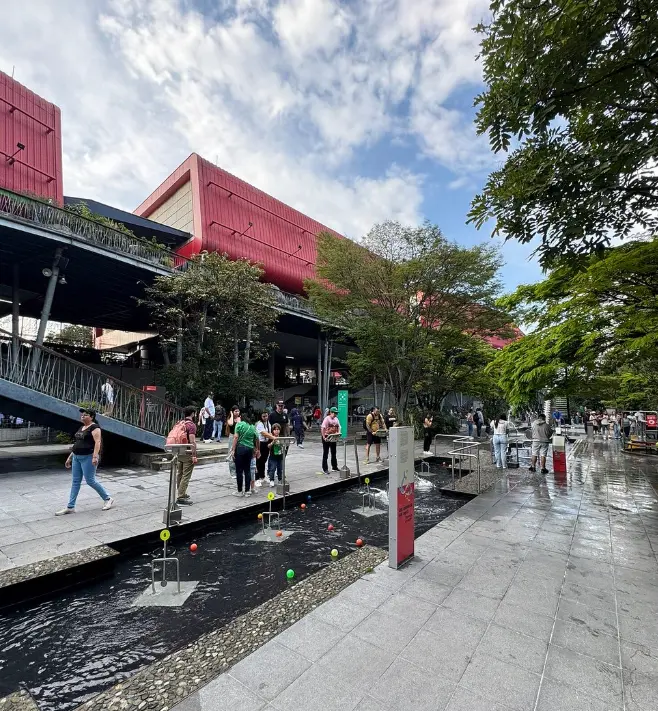
I spent three weeks working from different spots in El Poblado and Laureles, and the infrastructure blew me away. We’re talking 200-500 Mbps internet speeds at most coworking spaces, with monthly memberships running $75-100. Places like Selina Cowork, Tinkko, and WeWork Medellín are constantly buzzing with nomads from everywhere. The metro system actually works (shocking for South America), and getting around costs practically nothing.
What really sold me was Colombia’s new digital nomad visa – you can legally stay for up to two years with just proof of $995 monthly income. The weather’s perfect year-round thanks to being in the mountains, and you’re surrounded by this stunning valley backdrop. Sure, people still ask about safety, but stick to the main nomad neighborhoods and you’ll be fine. Most digital nomads I met were spending way more time worrying about which café to work from than any security issues.
- Read next: Bogotá Travel Guide

Buenos Aires, Argentina
Buenos Aires is having a major moment right now, and it’s not just because of the favorable exchange rate (though that definitely helps). This city’s got serious digital nomad infrastructure with coworking spaces like La Maquinita Co., Urban Station, and Selina Palermo popping up everywhere, especially in Palermo and Recoleta.
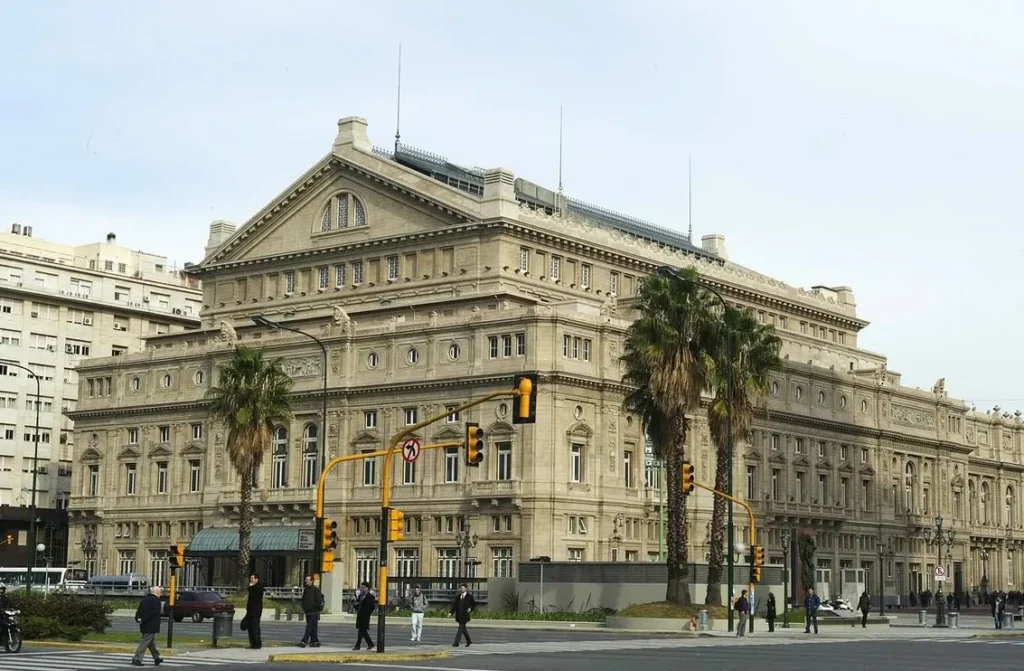
I was genuinely surprised by how nomad-friendly the city has become. Argentina launched their digital nomad visa in 2024, letting you stay for 180 days with the option to renew for another 180 days. The government’s even throwing in welcome perks like airport transfer discounts and SIM cards when you arrive. Palermo Soho and Palermo Hollywood are absolutely crawling with remote workers, and monthly coworking passes run around $60.
The cost of living is ridiculously affordable if you’re earning in USD – we’re talking $400-1,085 per month for basic expenses excluding rent. I found great apartments in decent neighborhoods for $350-450 monthly on Airbnb. The café culture is incredible, with places like Pergamino and Hija Mía having wifi that’s actually reliable. Plus, you’re perfectly positioned to explore the rest of South America when you need a break from the city’s intense energy.
- Read next: Unique Restaurants in Buenos Aires

Best cities for digital nomads in Asia
Here are some of the best places for digital nomads across Asia:
Bangkok, Thailand
Bangkok is the ultimate digital nomad gateway to Southeast Asia, and the new Destination Thailand Visa (DTV) makes it even better. For just $275, you get a five-year visa allowing 180-day stays (extendable to 360 days annually). The city’s coworking scene is insane – The Hive, WeWork, and True Digital Park offer everything from hot desks to private offices.

I actually loved the chaos of working from Bangkok. The BTS Skytrain and MRT make getting around surprisingly easy, and fiber internet is standard in most apartments and coworking spaces (200-500 Mbps is typical). You can live comfortably on $1,500-2,500 monthly, including rent in areas like Sukhumvit or Sathorn. Street food costs literally $2-3 per meal, and even high-end restaurants won’t break the bank.
What makes Bangkok special is how connected it is. You can catch weekend flights to Chiang Mai, Phuket, or even Bali for under $100. The city never sleeps, so whether you’re working late or need 24/7 coworking access, you’re covered. The only downside is the traffic, but honestly, you’ll be taking the Skytrain everywhere anyway. The healthcare system is world-class too – something most nomads don’t think about until they need it.

Chiang Mai, Thailand
Chiang Mai remains the gold standard for affordable digital nomad living, and after spending three months there, I can confirm the hype is real. You can easily live well on $1,000-1,100 monthly, including everything from accommodation to daily coworking space access. The Nimman area is digital nomad central, packed with spots like Punspace, CAMP, and Yellow Coworking where monthly memberships run $75-116.

The community aspect here is unmatched. I met nomads from literally every continent at spaces like Heartwork and One Workspace, which offers 24-hour access for serious grinders. The café scene is incredible too – places like Akha Ama and Bob Coffee have reliable wifi and aren’t just tourist traps. You can rent a modern apartment in Nimman for $350-500 monthly, or go budget with long-term condo rentals starting at $250.
The big caveat? Avoid February through April (burning season) when air quality gets pretty brutal. But the rest of the year, you’re looking at perfect weather, amazing Thai food for $2-5 per meal, and scooter rentals at $90 monthly. I was honestly more productive in Chiang Mai than I’d been anywhere else – there’s just something about that mountain energy that keeps you focused.
Ubud, Bali, Indonesia
Ubud is where you go when you want to feel like you’re working from a jungle paradise, and honestly, the Instagram posts don’t lie. This place is pure magic for digital nomads seeking that spiritual/wellness vibe while still getting actual work done. Outpost Ubud and Hubud are the main coworking spots, with day passes around $15-20 and monthly memberships hitting $200-300.

I loved working from cafés like Seniman Coffee and Clear Café – places where you can nurse a single coffee for hours while surrounded by rice fields. The cost of living is super reasonable at $700-1,200 monthly for a single person, including accommodation. You can find private villas with pools for $1,000-1,500 monthly, or go budget with shared spaces starting at $400.
What makes Ubud special is the work-life balance. You can finish work, then hit a yoga class, get a $10 massage, or explore waterfalls and temples. The downside? Transportation is a nightmare – you really need a scooter to get anywhere, and traffic can be intense. Also, it’s definitely more mellow than beach towns like Canggu, so if you need nightlife to decompress, you might get bored. But for productivity and mental health, Ubud is unbeatable.

Canggu, Bali, Indonesia
Canggu is basically what happens when you mix Silicon Valley ambition with surf culture, and I’m totally here for it. This beach town has become digital nomad headquarters in Bali, with coworking spaces like Dojo Bali leading the scene. Day passes run around $15-20, and the networking events are constant – you’ll meet everyone from crypto traders to e-commerce founders.

I spent two months based here, and the work-life balance is addictive. You can crush a productive morning at Crate Café or The Lawn, then surf or grab sunset drinks at La Brisa. Monthly living costs hit $1,500-3,000 depending on your lifestyle – shared coliving spaces start at $400, while private beachfront villas can run $2,000+. Food ranges from $2 warungs to $20 Western restaurants.
The community is intense though – everyone’s hustling on their startup or travel blog, which can get overwhelming. Traffic is absolutely brutal during peak hours, and prices have definitely inflated due to nomad popularity. But there’s something about working steps from black sand beaches that makes the hassles worth it. Just be prepared for constant networking requests and people pitching their latest project at every café.
Best cities for digital nomads in Europe
Here are some of the best places to be a digital nomad across Europe:
Lisbon, Portugal
Lisbon has become Europe’s digital nomad darling, and after six months there, I completely understand why. The city offers EU access with significantly lower costs than Paris or Amsterdam – you can live comfortably on $1,500-2,500 monthly. The coworking scene is thriving with spaces like Second Home, LACS, and Cowork Central offering memberships around €150-300 monthly.
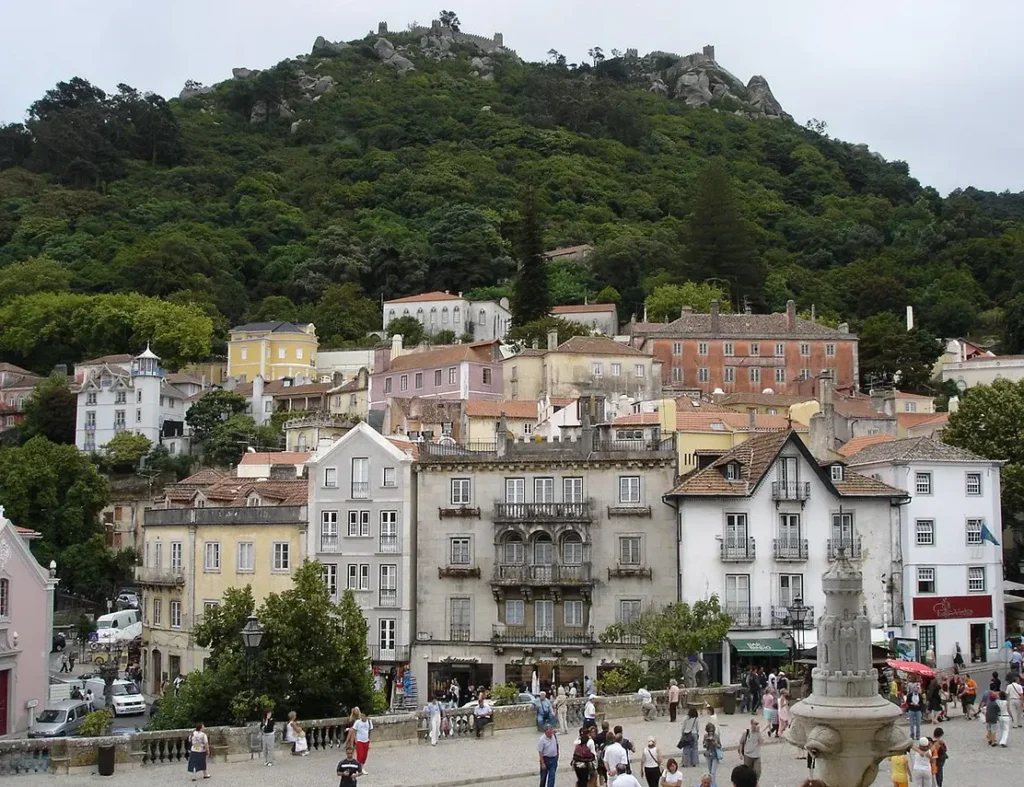
What hooked me was the perfect blend of old-world charm and startup energy. You can work from beautiful tiled cafés in Chiado or modern coworking spaces in Príncipe Real, then hit incredible seafood restaurants for dinner. The tram system is charming (if slow), and most neighborhoods are walkable. Plus, you’re an hour flight from anywhere in Europe for weekend trips.
I found the nomad community really welcoming – there are constant meetups, and locals generally speak excellent English. Cais do Sodré and Santos have become nomad central, with tons of short-term apartment rentals. The weather’s great most of the year, and Portuguese bureaucracy is surprisingly manageable compared to other EU countries. Just be prepared for some steep hills and the fact that dinner doesn’t start until 9 PM.
- Read next: Top Airbnbs in Portugal

Porto, Portugal
Porto is Lisbon’s cooler, more affordable little sister, and honestly, I liked it even more. The cost of living is about 20-30% lower than the capital, with excellent apartments available for €600-1,000 monthly. The coworking scene is smaller but growing, with spots like Maus Hábitos and Matéria Prima creating tight-knit communities rather than massive corporate spaces.
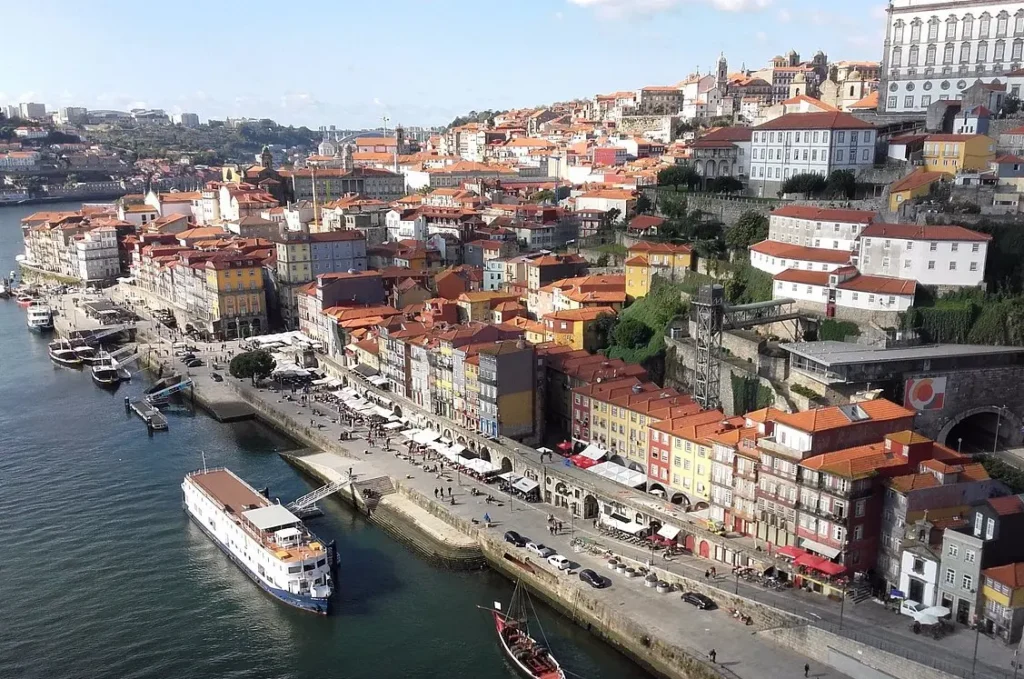
I loved the authenticity here – this feels like real Portugal, not just a nomad playground. The Ribeira district is UNESCO-listed gorgeous, and you can work from cafés overlooking the Douro River. The food scene is incredible and cheap – think €8-12 for amazing meals at local spots. Plus, you’re perfectly positioned for day trips to the Douro Valley or quick escapes to Spain.
The nomad community is more intimate than Lisbon, which I actually preferred. People stay longer and form real friendships rather than just networking. The only downside is fewer direct flights compared to Lisbon, but honestly, that keeps it from getting oversaturated with tourists. If you want authentic European charm without London prices, Porto delivers big time.
Faro, Portugal
Faro is Portugal’s best-kept secret for nomads who want Algarve beaches without the touristy chaos. As the region’s capital, it has proper infrastructure including an international airport and reliable internet, but maintains a relaxed, local vibe. I found modern apartments for €400-700 monthly, significantly cheaper than coastal resort towns.
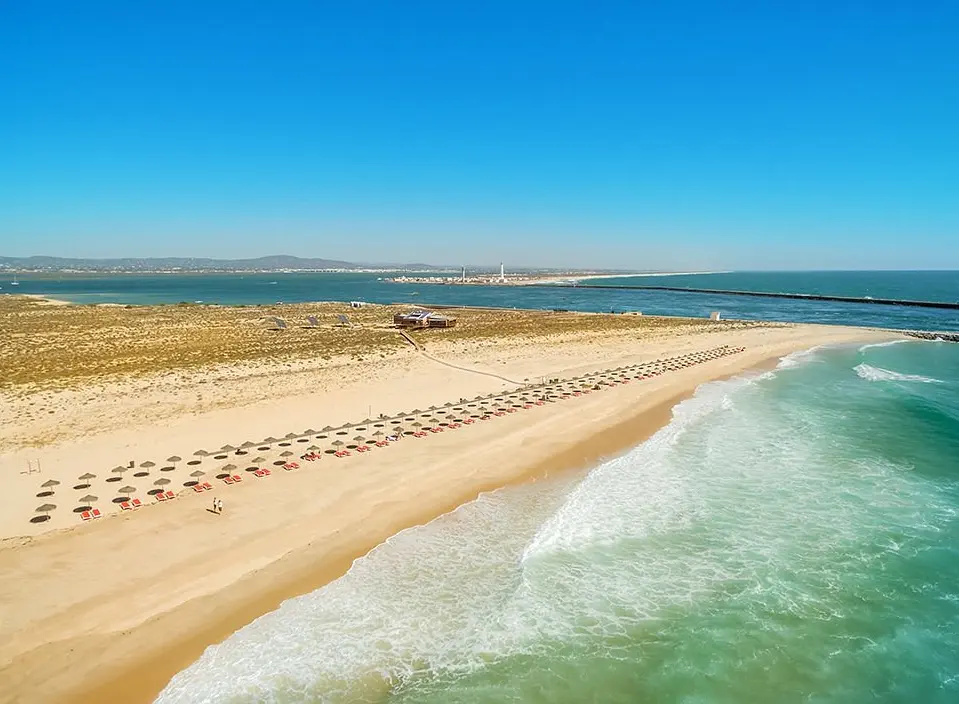
The coworking options are limited but growing, with Ria Formosa Coworking being the main spot. Most nomads work from cafés around the old town or rent apartments with dedicated office spaces. What sold me was the location – you’re minutes from stunning beaches like Praia de Faro, but also close to charming towns like Tavira and Lagos for weekend exploration.
The international airport is a huge plus for European travel, and there’s a surprising tech scene emerging. I met developers and marketers who’d relocated from Lisbon seeking lower costs and better work-life balance. The food is fantastic and affordable, especially seafood. Just be aware it’s very quiet compared to major nomad hubs – great for productivity, but you might miss the constant networking energy of bigger cities.
Tallinn, Estonia
Tallinn completely exceeded my expectations and might be Europe’s most underrated digital nomad destination. This Baltic gem offers EU access, incredibly fast internet (Estonia is basically one giant WiFi zone), and costs that are still reasonable compared to Western Europe. You can live well on €1,200-2,000 monthly, including rent in the medieval old town.
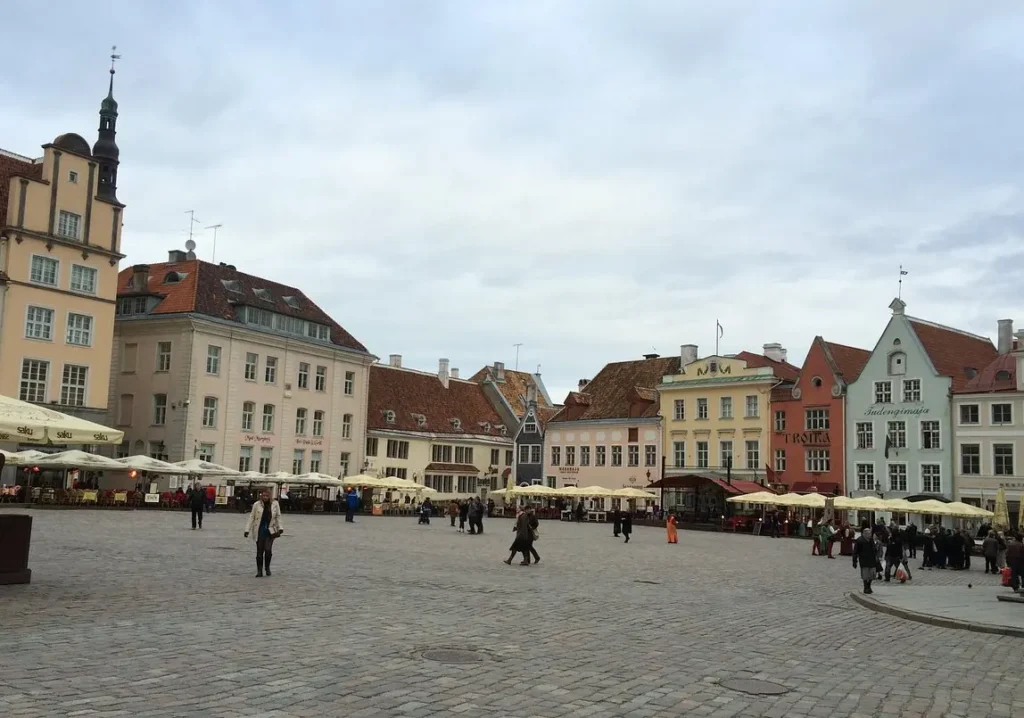
I was blown away by the tech infrastructure – Estonia invented Skype and has been digital-first for decades. Coworking spaces like Lift99 and Tehnopol cater to serious tech nomads, with monthly memberships around €150-250. The startup scene is legit, and I met nomads working for unicorns based here. Plus, Estonia’s e-Residency program lets you actually start an EU company online.
The old town is like working inside a fairy tale, but with fiber internet and craft coffee. Winters are brutal (think four hours of daylight in December), but summers are magical with white nights and outdoor festivals. The nomad community is small but high-quality – lots of developers and entrepreneurs rather than lifestyle bloggers. If you can handle the cold and want serious productivity, Tallinn is incredible.
- Read Next: 35 Most Beautiful Cities in Europe

Want to live in Europe on a budget?
Budapest, Hungary
Budapest offers big-city energy at developing-world prices, making it perfect for nomads who want European culture without draining their savings. I lived there for four months and spent around $1,200-1,800 monthly including rent in central Pest. The coworking scene is solid with spaces like Kaptár, Design Terminal, and LOFFICE offering memberships for €100-200 monthly.
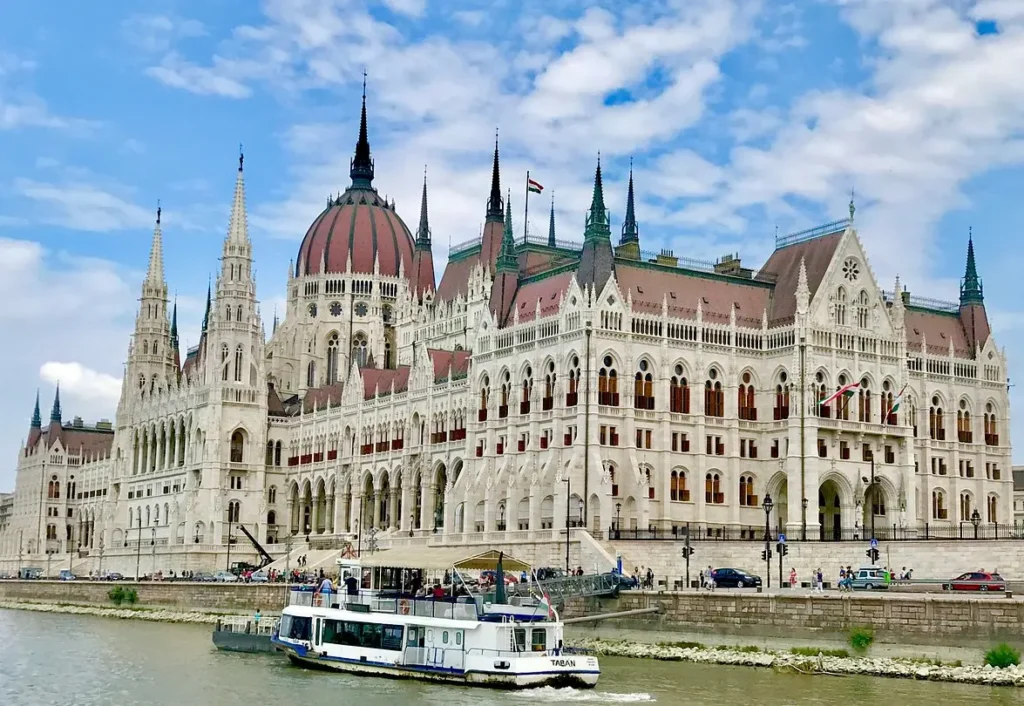
What I loved most was the split personality – Buda side for historic charm and castle views, Pest side for nightlife and coworking spaces. The thermal baths are perfect for decompressing after long work days, and the ruin bar scene is legendary. You can eat incredibly well for €5-10 per meal, and local wine is both cheap and excellent.
The nomad community tends to be more diverse than Western European cities, with lots of people from the US, Asia, and other EU countries. English is widely spoken in the central areas, and the public transport is excellent. The only downside is Hungarian language difficulty if you want to interact with locals, but for short-term stays, it’s not an issue. Budapest gives you European sophistication without the typical European price tag.
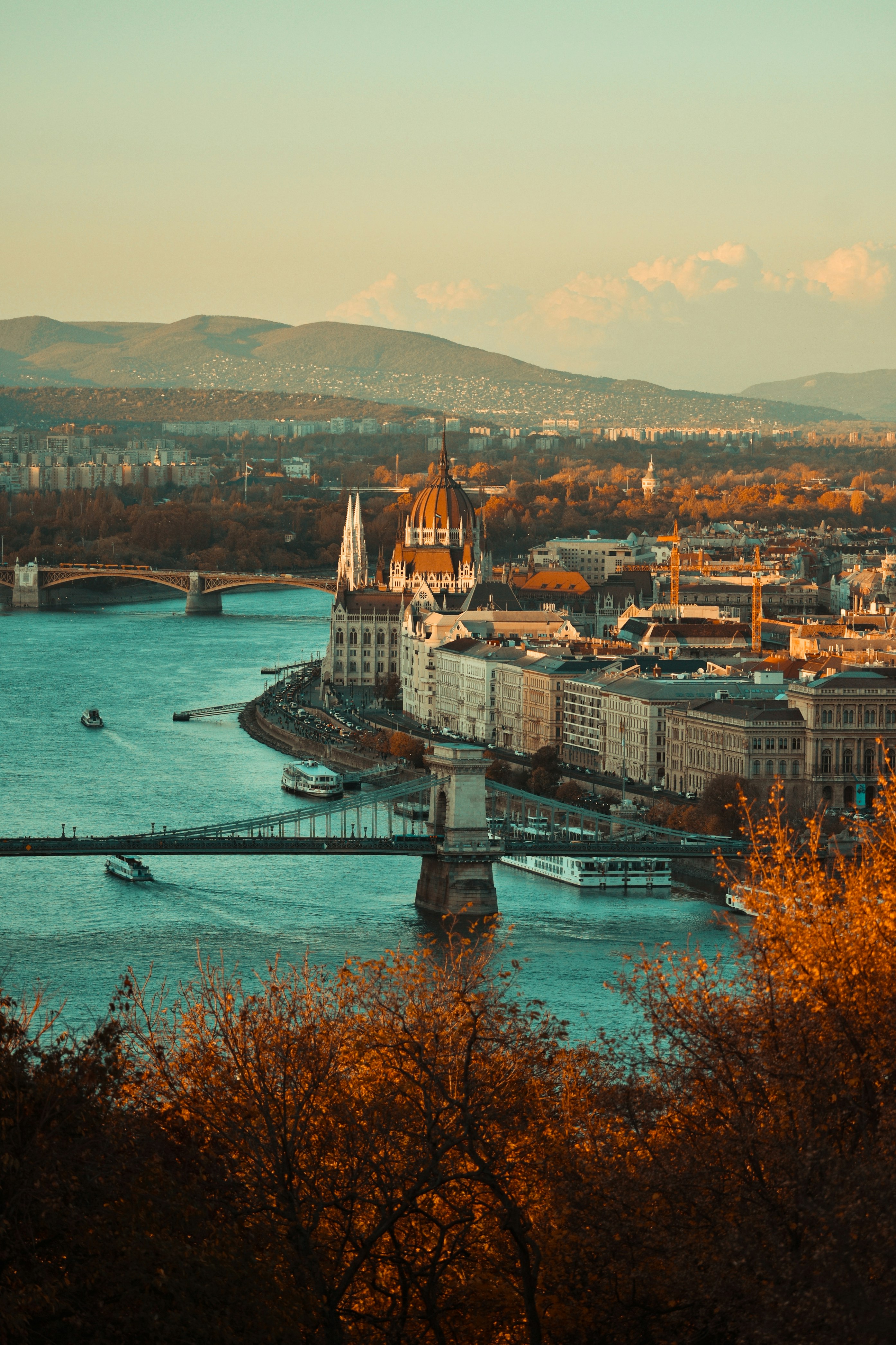
Best cities for digital nomads in North America
Here are some of the best places for digital nomads across North America. This includes the US, Mexico, and Canada.
Mexico City, Mexico
Mexico City is absolutely exploding with digital nomads right now, and I can see why everyone’s making the move. The cost of living is ridiculously good – I was spending $1,200-1,800 monthly for a great lifestyle including coworking memberships at spots like Centraal and WeWork. The neighborhoods of Roma Norte, Condesa, and Polanco are packed with remote workers from the US and Europe.

What shocked me was the quality of the food scene and cultural offerings. This isn’t some small expat bubble – you’re living in one of the world’s great cities with incredible museums, restaurants, and nightlife. The coworking spaces are world-class, and many cafés like Starbucks Reserve and Café Negro have adapted to nomad culture with reliable wifi and laptop-friendly setups.
I found the local Mexican community really welcoming to nomads, probably because many are drawn by the city’s own tech scene. Getting around is easy with Uber everywhere, and you’re perfectly positioned for weekend trips to Tulum, Guadalajara, or even quick flights to the US. The only adjustment is the altitude – it took me a week to get used to being at 7,300 feet. But honestly, the energy of this massive, creative city is addictive.

Austin, Texas
Austin is probably the most nomad-friendly city in America, especially if you’re coming from abroad and want to test the waters of US remote work culture. The city’s been embracing digital nomads hard, with coworking spaces like Capital Factory and WeWork offering drop-in rates and networking events practically every night. You’re looking at $2,000-3,500 monthly for a decent lifestyle, which is steep but reasonable for US standards.
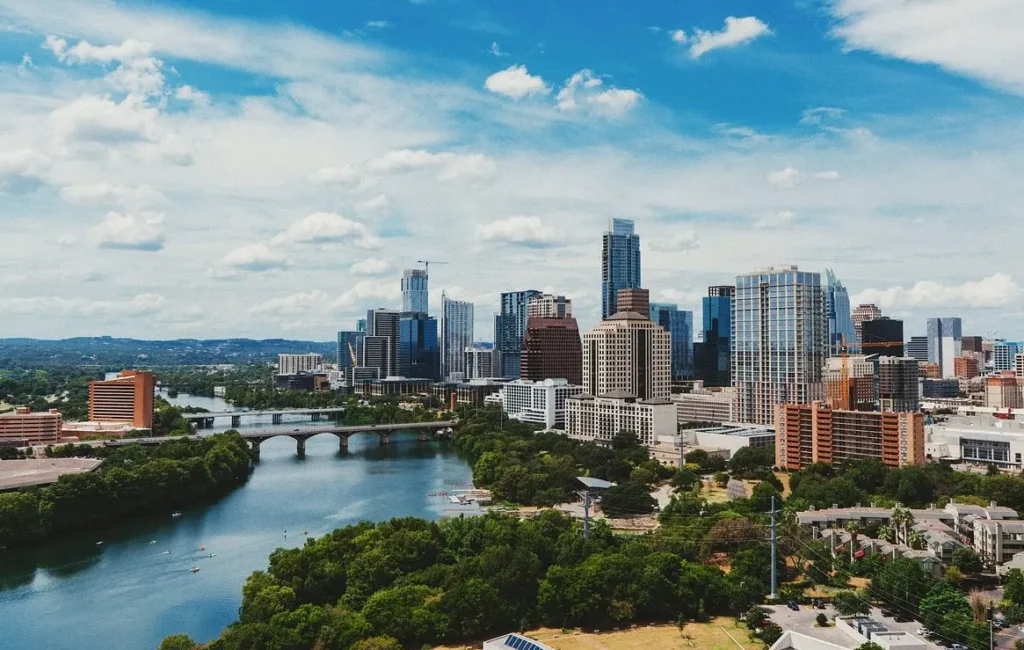
I loved the energy here – it feels like a big city with small-town friendliness. The tech scene is legitimate (lots of companies relocating from Silicon Valley), and there’s constant startup events and meetups. South by Southwest in March is basically a nomad reunion. The food truck culture is perfect for working lunch breaks, and the live music scene gives you solid options for decompressing.
What makes Austin special for international nomads is how connected it is – direct flights to Mexico, Europe, and obviously anywhere in the US. The weather’s great except for brutal summers, and you can easily do weekend trips to San Antonio, Houston, or Dallas. Just be prepared for car culture and higher costs than nomad havens in Latin America or Asia. But if you need US business hours and English-speaking infrastructure, Austin delivers.
- Read next: Breathtaking Lake Houses in Texas

Vancouver, Canada
Vancouver is expensive as hell, but if you can swing it, the quality of life is unmatched. I spent five months there and was averaging $3,000-4,500 monthly including rent in neighborhoods like Yaletown or Gastown. The coworking scene is mature with spaces like The Network Hub and WeWork offering solid communities of tech workers and entrepreneurs.
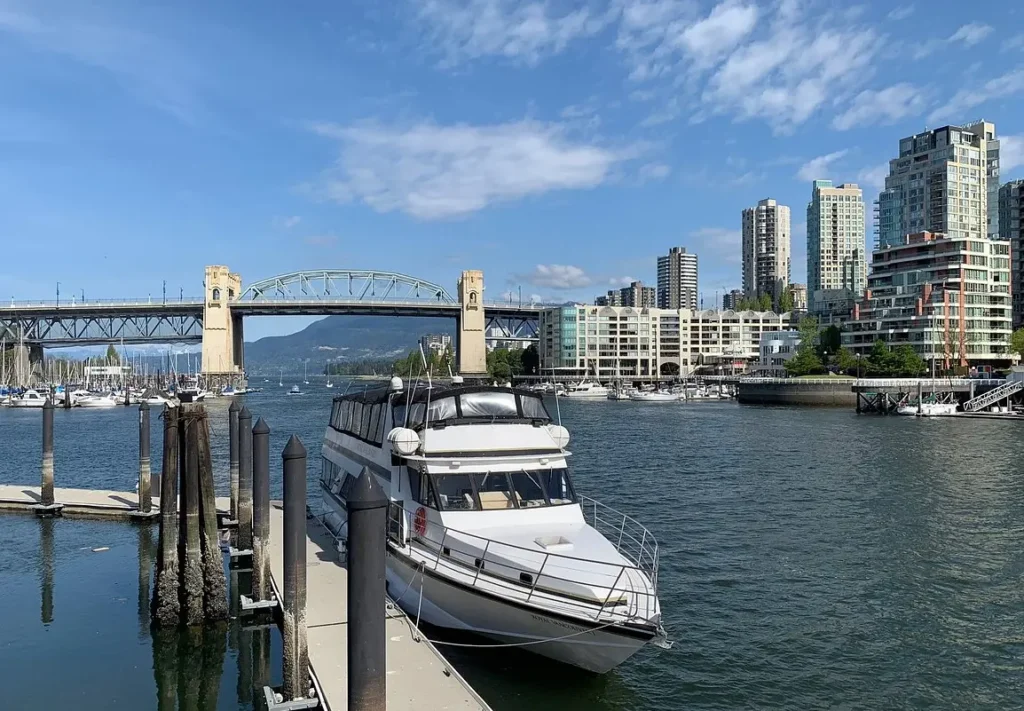
What hooked me was the outdoor access – you can finish work and be hiking, skiing, or kayaking within 30 minutes. The city’s got serious tech infrastructure (lots of companies have Vancouver offices), and the startup scene is growing. Plus, healthcare and social services actually work if you’re there long-term. English Bay and False Creek offer waterfront working spots that beat any café.
The nomad community tends to be more established – people with serious businesses rather than just starting out. I met folks who’d relocated from San Francisco seeking better work-life balance. The winters are mild by Canadian standards, and summers are absolutely perfect. The downsides are obvious – insane housing costs and generally expensive everything. But if you’re earning North American salaries and want outdoor paradise, Vancouver is worth the splurge.

Best cities for digital nomads in Oceania
Oceania has no shortage of best places for digital nomads. Here are the cities and destinations that stand out among the rest:
Perth, Australia
Perth is probably the world’s most isolated major city, which sounds terrible but actually creates this amazing focused energy. I spent three months there and loved how removed it felt from typical nomad circuits – you really commit to the place rather than treating it as another Instagram stop. The cost of living is high ($2,500-4,000 monthly), but the quality of life and work infrastructure are excellent.
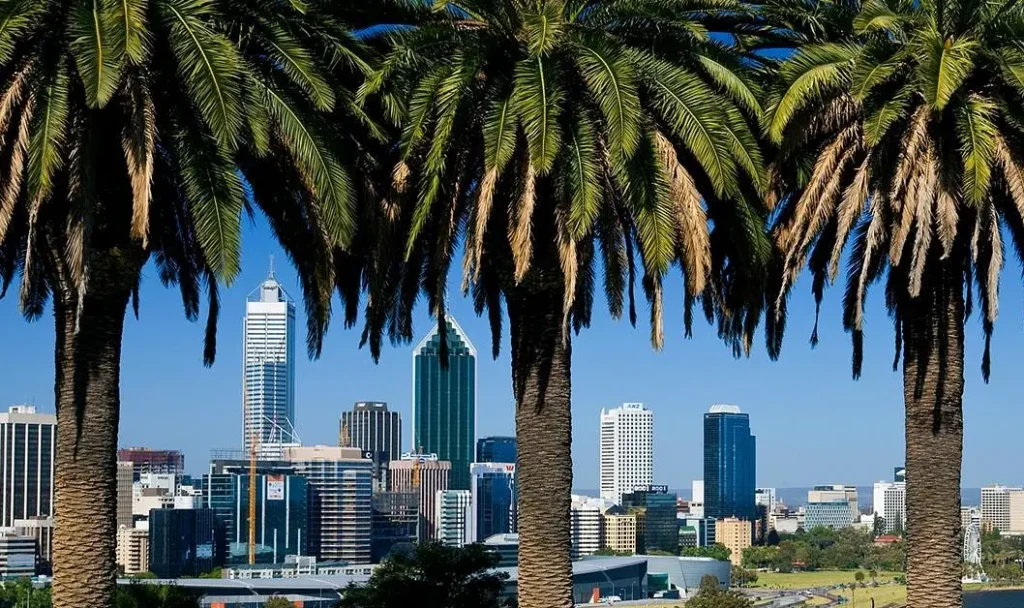
The coworking scene is smaller but high-quality, with spaces like Spacecubed and The Hive focusing on tech startups and established remote workers. What I found unique was the beach access – Cottesloe and Scarborough beaches are gorgeous and have cafés where you can actually work with ocean views. The city’s got a legitimate arts and food scene that doesn’t feel touristy.
I was surprised by the nomad community quality – lots of people building serious businesses rather than just traveling. The timezone works well for Asian business hours, and you’re positioned for easy travel to Indonesia, Singapore, and New Zealand. The isolation actually became a feature – fewer distractions, more focus on work and exploring Western Australia’s incredible nature. Just be prepared for everything being expensive and limited flight connections.

Best cities for digital nomads in Africa
Some of the best digital nomad destinations are also found in Africa. Here are the top digital nomad places you should know about:
Tunis, Tunisia
Tunis is Africa’s most underrated nomad destination, offering Mediterranean vibes at developing-world prices. I spent six weeks there and was amazed by the infrastructure – reliable internet, great coworking spaces like Cogite and The Spot, and monthly costs around $800-1,200 including rent in neighborhoods like Sidi Bou Said or central Tunis.
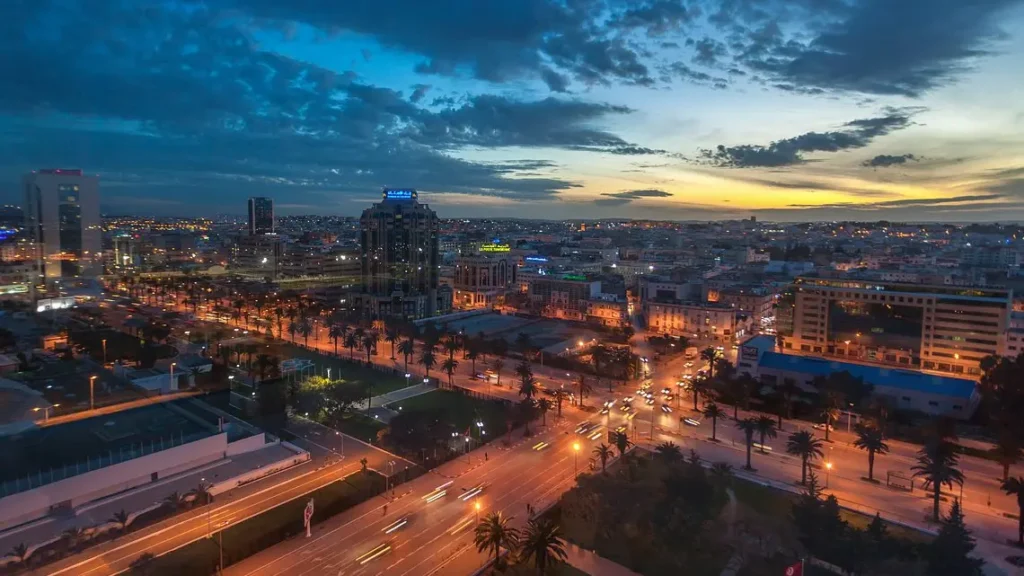
What made it special was the cultural richness – you’re working in a city with 3,000 years of history, surrounded by Carthaginian ruins and Ottoman architecture. The coworking community is small but tight-knit, mostly European nomads and local entrepreneurs. Sidi Bou Said is like working in Santorini but without the crowds and costs.
The food scene is incredible and cheap – amazing Mediterranean and North African cuisine for $3-8 per meal. You’re also perfectly positioned for weekend trips to Sahara oases or Mediterranean beaches. The only challenges are language barriers outside tourist areas and limited coworking options compared to major nomad hubs. But for cultural immersion and affordability, Tunisia offers something totally unique.

Nairobi, Kenya
Nairobi is exploding as East Africa’s tech hub, and the digital nomad infrastructure is improving rapidly. I was impressed by coworking spaces like iHub and Nailab that cater to both international nomads and local entrepreneurs. Monthly costs run $1,000-1,800, reasonable considering the quality of life and growth opportunities.
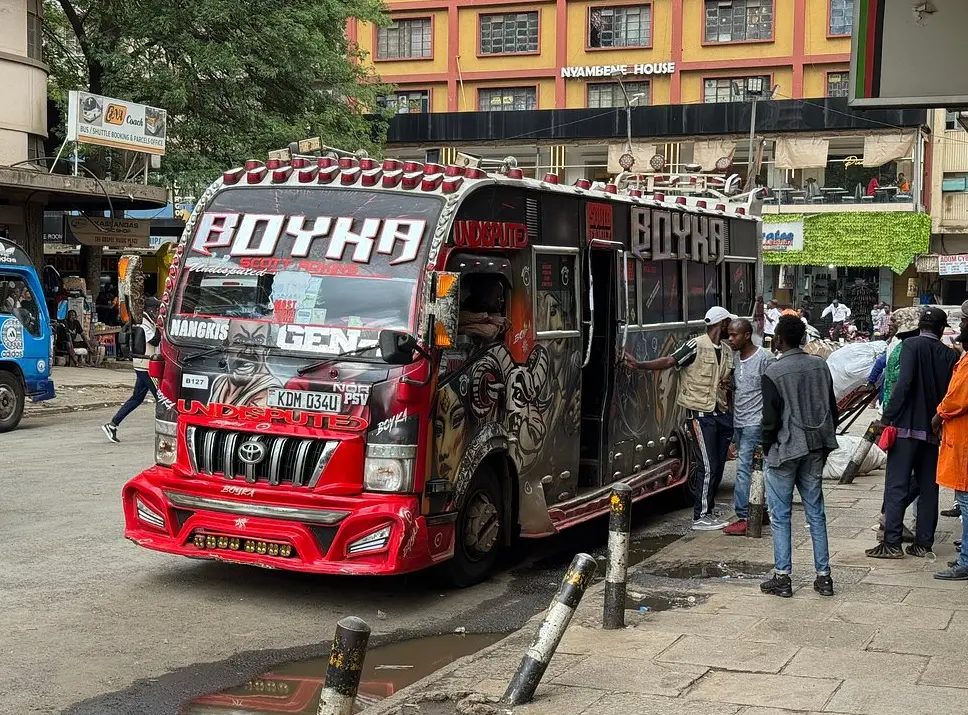
What excited me most was the entrepreneurial energy – this feels like a city on the rise, with legitimate startups and international companies setting up operations. English is widely spoken, the internet is surprisingly reliable in business districts, and you’re surrounded by incredible African culture and nature. Weekend safari trips are obviously a massive perk.
The nomad community is still developing but growing fast, particularly in areas like Westlands and Karen. I found locals incredibly welcoming and interested in collaboration rather than just seeing nomads as tourists. The challenges are real – traffic can be brutal, and you need to be smart about safety and neighborhood selection. But for nomads interested in emerging markets and African opportunities, Nairobi offers genuine business potential.

Cape Town, South Africa
Cape Town is hands-down one of the world’s most beautiful cities, and the nomad infrastructure has gotten seriously good. I spent four months there and never got tired of working with Table Mountain views. Coworking spaces like Workshop17 and The Creative Space offer excellent facilities and vibrant communities, with monthly memberships around $150-300.
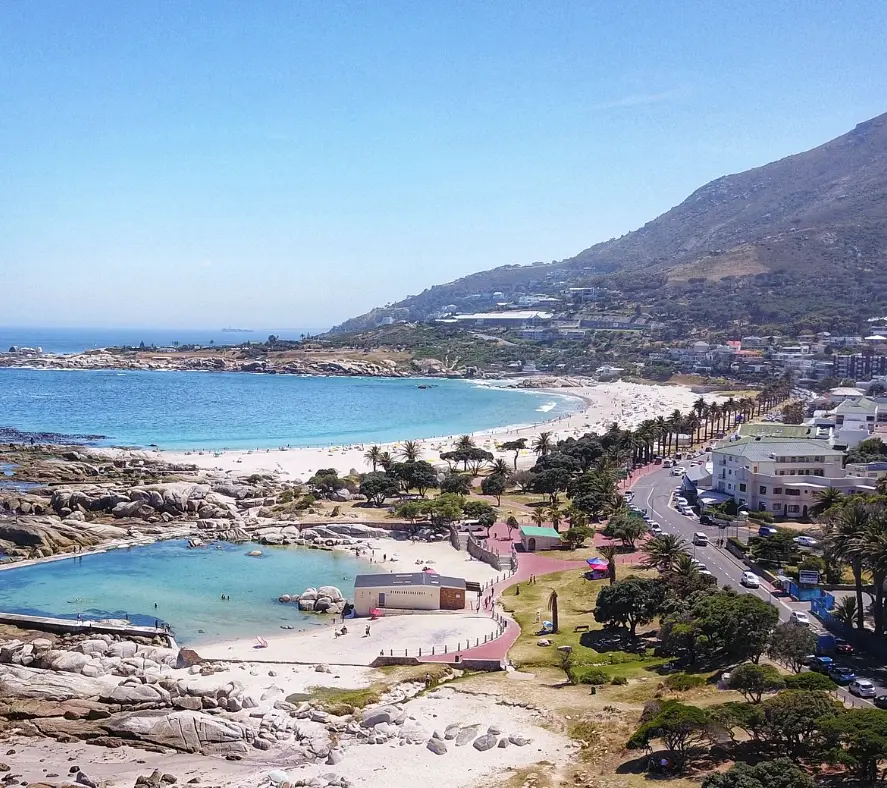
The cost of living is fantastic – $1,200-2,500 monthly gets you a great lifestyle including rent in neighborhoods like Green Point or Woodstock. The wine culture is incredible (and cheap), the food scene rivals any international city, and you’re surrounded by world-class beaches and hiking. Plus, the timezone works well for European business hours.
What impressed me was the international community – nomads from everywhere, plus established expats and locals involved in the growing tech scene. The city feels cosmopolitan and progressive The challenges are safety concerns in certain areas and occasional infrastructure issues (load shedding during power outages). But honestly, working from a café in Camps Bay with ocean views makes most problems feel pretty minor.
- Read Next: 8 Amazing Coliving Spaces Around the World

Read also – The Nomad Escape: The World’s Best Retreat for Digital Nomads
Looking to make the most of your daily grind?


If you’re interested in moving abroad, check out this article:



